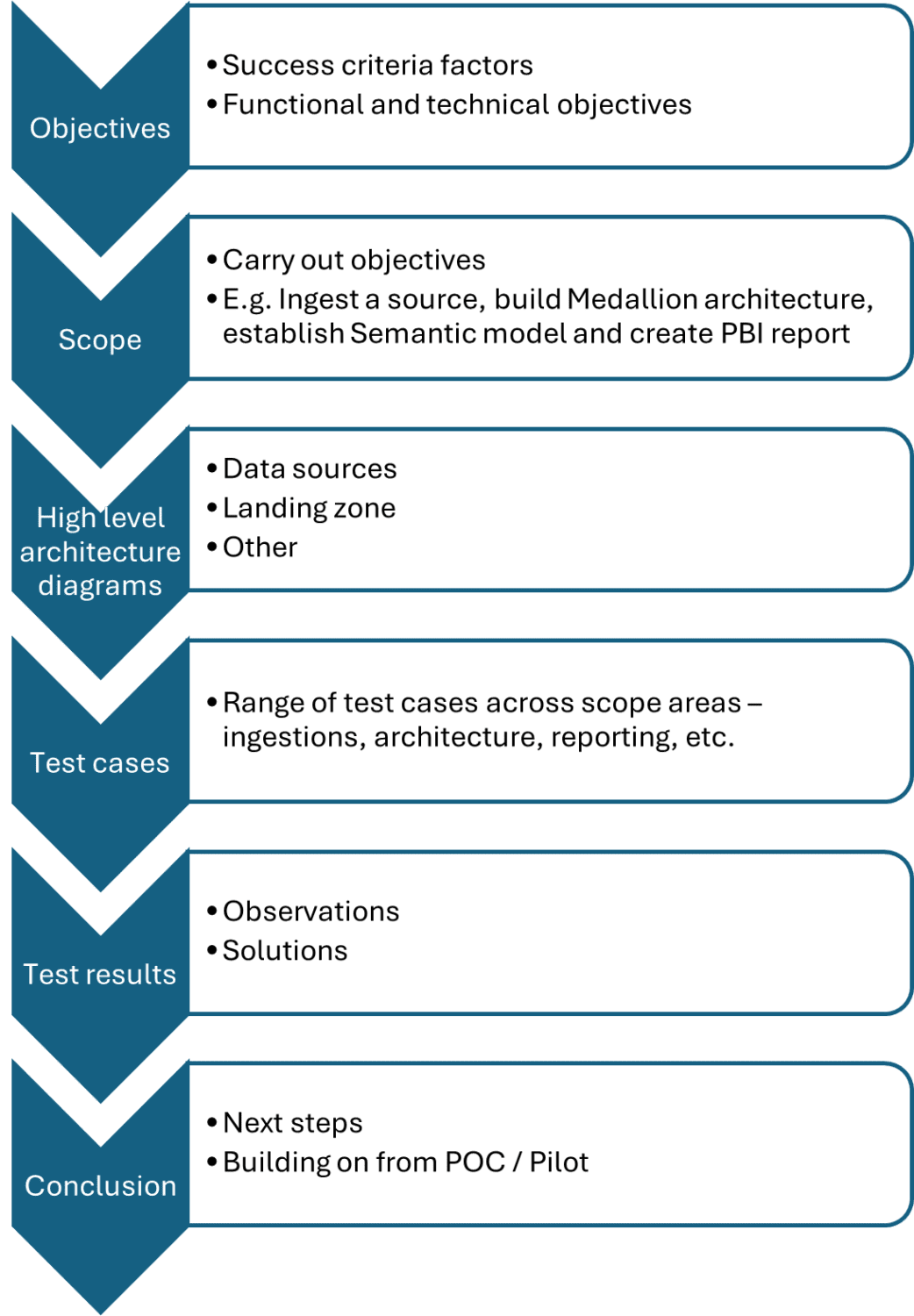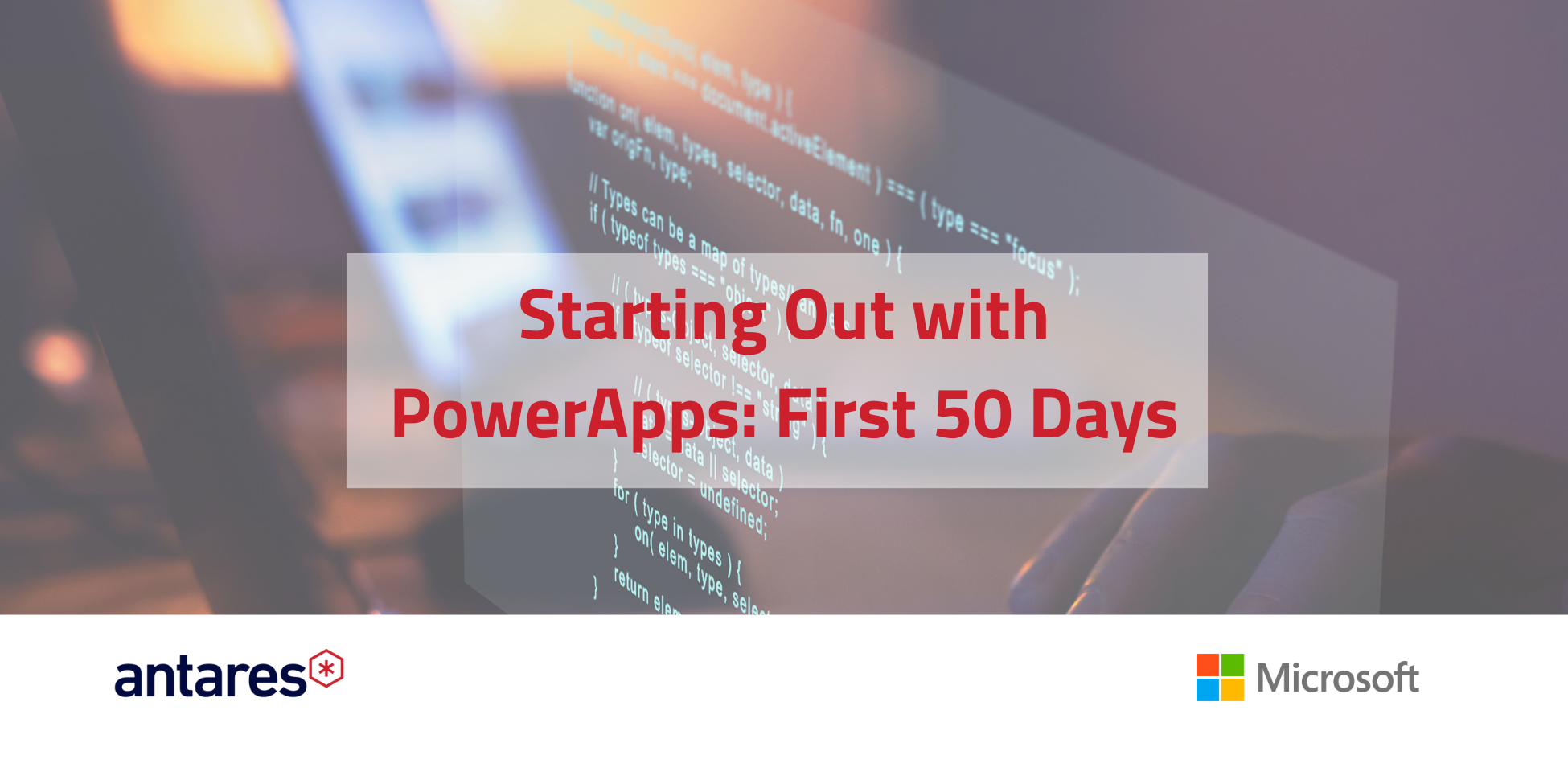If you are looking for a powerful and versatile data and analytics platform for your enterprise, you might have heard of Microsoft Fabric. It’s a solution that promises to unify your data management, processing, and reporting needs. Sounds great, right? But before you jump into the Fabric world, it’s useful to know a few key things.
Implementing Microsoft Fabric has been made simpler than its predecessors, however it is a multifaceted solution that requires careful planning and preparation. In this article, we will share some of the major considerations that can help you get ready for a successful Fabric journey.
1. Understanding the problem/s and assessing the data landscape and existing data assets
Your journey will begin with a deep dive into understanding the problems or challenges at hand at your organisation – it must be clear that there is recognition and identification of key issues that need to be addressed.
At this stage, understanding the organisation’s data sources, quality, and volume is imperative as this will provide the scope and landscape of what needs to be considered. Upon identifying key data sets and sources, methodologies and ways as to analysing these also need to be considered. Crucially, considerations around data privacy, compliance, and security must be integrated into this assessment.
Conduct a thorough examination to map existing data assets across the organisation, identifying sources, formats, and data owners. Findings are then reviewed and compared with the initial problems identified, allowing for refinement and clarity. It is very important to properly and clearly articulate findings and issues before continuing with the next steps of implementation.
2. Get stakeholders involved
A successful implementation is dependent on a lot of factors, but one of the most important is the involvement of a wide array of stakeholders across multiple departments, which will allow for the full spectrum of issues to be addressed, and for alignment with the organisation’s strategic goals and objectives. Input from senior management is particularly crucial in providing strategic direction.
Having the support of a wide range of stakeholders can make a big difference in the success of a project, both short and long term. On this note, fostering a data culture through initiatives such as setting up a Community of Practice1 or a Centre of Excellence2 can champion the importance of data and garner support for necessary changes, whether for a Fabric implementation or other projects.
3. Define Clear Objectives based on initial data assessment
Based on the results of the initial data assessment, define clear objectives to be addressed as part of the implementation and how technology can benefit in achieving these objectives.
These objectives should be articulated in alignment with the organization’s business strategy. Goals may range from streamlining data procedures to enhancing data quality and integration, all aimed at boosting reporting capabilities to support decision-making and strategic goals. However, it’s essential to work within the realm of what is feasible and possible given the organisation’s resources and constraints and depending on the scope of the project and resources available, it may be necessary to rank and prioritise objectives.
4. Ensuring Infrastructure Readiness
Now that you have your objectives in place, evaluating the existing infrastructure is crucial to ensure it can support the requirements of the implementation.
While Fabric is a Software as a Service (SaaS) that will take care of all the cloud infrastructure requirements, there may be a need to evaluate that existing systems and applications that can be integrated with Fabric, for example checking compatibility with any APIs, data formats, any specialised middleware, etc. Checks can also be done to ensure network bandwidth and latency is able to handle additional loads around data migration, synchronisation, etc.
Another consideration is around security and compliance, and whether implementing Fabric and hosting data and information in the cloud meets organisational policies and regulatory standards. Another security related consideration may arise around the management of user authentication and authorisation and integration with Fabric.
5. Planning Data Ingestion Strategy and integration with existing systems
Planning should continue with considerations around the data ingestion strategy and integration with existing systems. Decisions must be made regarding how data will flow into the Fabric solution, considering the use of connectors, APIs, and batch/streaming options. The design of the pipelines themselves will be at a high-level at this point but need to be considered to ensure feasibility and efficiency.
Additionally, careful planning is required for integrating the proposed solution with existing tools, databases, and applications, with a focus on minimising disruptions during implementation.
6. Team Training, Skill Development, Data Governance
Preparing the team for the implementation of new technology is very important. Training and skill development programs will help equip the team with the necessary knowledge, skills and expertise required to support future solutions and implementations. At this stage, you may find that additional resourcing may be required, particularly for new technology.
Fostering a data-driven culture within the organization as discussed earlier, is essential for long-term success. Establishing data governance policies, defining roles (e.g. Data Stewards, Data Custodians, Data Users), permissions, and access controls, along with creating a data catalogue, facilitates organization and management of datasets and will only aid your organisation and users in the future with a centralised documentation of data assets and systems, particularly for tasks such as data discovery, auditing, etc.
7. Pilot Testing and Proof of Concept
Before full-scale implementation, conducting a small-scale pilot is advisable to validate the suitability of the proposed solution for a specific use case. This involves using a small subset of data to address any key challenges, objectives, or limitations early on. Proof of Concept artifacts generated during this phase can be reused or refined for the full-scale project if applicable.
The major steps for a POC are outlined below for looking at ingesting data and then creating a report in Power BI – this is a guideline and can be modified depending on POC requirements:

8. Vendor Support and Documentation
Understanding the support channels and documentation provided by vendors such as Microsoft is crucial for effective implementation. Leveraging help from the official Microsoft support (https://support.fabric.microsoft.com/en-AU/support/), community forums and resources can provide additional insights and support, and provide new ideas as to what others are working on or implementing.
If the organization already has a relationship with the vendor, for example a Customer Success Manager (CSM), it can be beneficial to run through the implementation plan with them for guidance and assistance around best practices. Depending on the level of support plan for the organisation, different levels of support can be acquired when submitting a support ticket for Microsoft to review.
9. Change Management and Communication
Effective change management and communication are essential before, throughout, and even after the implementation process.
It’s important to identify stakeholders and those who will be impacted, and communicate the change management plan to them, including but not limited to impact assessments, readiness assessments, etc.
Communicating upcoming changes and decisions to stakeholders ensures transparency and alignment, and may also elicit a more positive response to change from the end users. It may also be useful to include stakeholders in the POC/pilot testing.
Adequate preparation for user adoption, along with addressing their concerns and questions, will help to smooth the transition process.
In conclusion, implementing a Fabric solution requires a structured approach, collaboration across stakeholders, and adherence to best practices. Hopefully by following these high-level steps, you can navigate the complexities of implementation and unlock the full potential of your data assets with Microsoft Fabric!
1A group of individuals (usually a mix of IT staff and data ‘power users’ that represent different sections of the business) that meet semi-regularly and service the Centre of Excellence
2Usually takes the form of an internal intranet site that provides business users a single location to empower them to take advantage of data usage. May contain forums, announcements, schedules for training, pre-recorded training and information videos.



